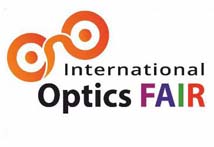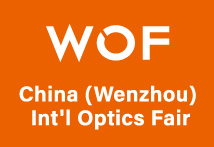The Case of Wrong Eye Drops
_(3).jpg)
Progressive myopia is an entity that worsens year after year in childhood.
While myopia is considered genetic, excessive near vision tasks do seem to have a bearing on the onset and progression of this refractive error.
Children with progressive myopia are prone to certain complications, like retinal detachment, due to increase in the length of the eyeball’s antero-posterior axis.
Measures for control of myopic progression include 1 :
♦ Special (peripheral myopic defocus) spectacle lenses,
♦ Multi-focal contact lenses,
♦ Orthokeratology, and
♦ Low concentration Atropine eye drops (Figure 1).
Peripheral defocus spectacle lenses are costly, and so are multi-focal contact lenses. Orthokeratology requires the child to be seen the next morning of the fitting of the first pair in previous evening, and since our clinic timings are in evenings only, we haven’t started offering orthokeratology services. In selected cases, we do prescribe 0.01% Atropine for use once at night time, and this approach seems to have worked.
Other simple guidelines include 1 :
♦ Comprehensive eye examination, including accurate refraction and scientifically-dispened eyeglasses with proper centration,
♦ Taking of brief 1-minute breaks after every half-an-hour reading, to look in distance, say, out of the window,
♦ Not to bring reading matter near than 40cm distance, and
♦ Participation in outdoor games.
Case report
The youngster had been prescribed the new spectacle number last week. On getting the Rx dispensed, the child came with his father, and complained that he could not read the book with his new spectacles. As it is customary to record distance as well near vision of the two eyes separately at the time of issuing Rx, first of all, numbers of the new spectacle lenses were checked on lensometer, and on finding these okay, the child was asked to read the distant and the near charts. While he could easily read the distant chart, he could not read the near vision chart so easily.
Next, his pupils were examined, and these were found to be dilated. WE asked the father to show us the eye drops bottle that was being used since the day the spectacle Rx was issued.
And the culprit turned out to be the medicine (Atropine 1%)…or the chemist who gave Atropine 1% instead of the prescribed Atropine 0.01%.
The patient was advised to stop using the wrong eye drops, and replace the medication with the correct one.
 |
Fig. 1. Strategies for the control of myopic progression
Reference
1. Kumar, Narendra: Myopia Management poster, Optometry Today, December 2022.

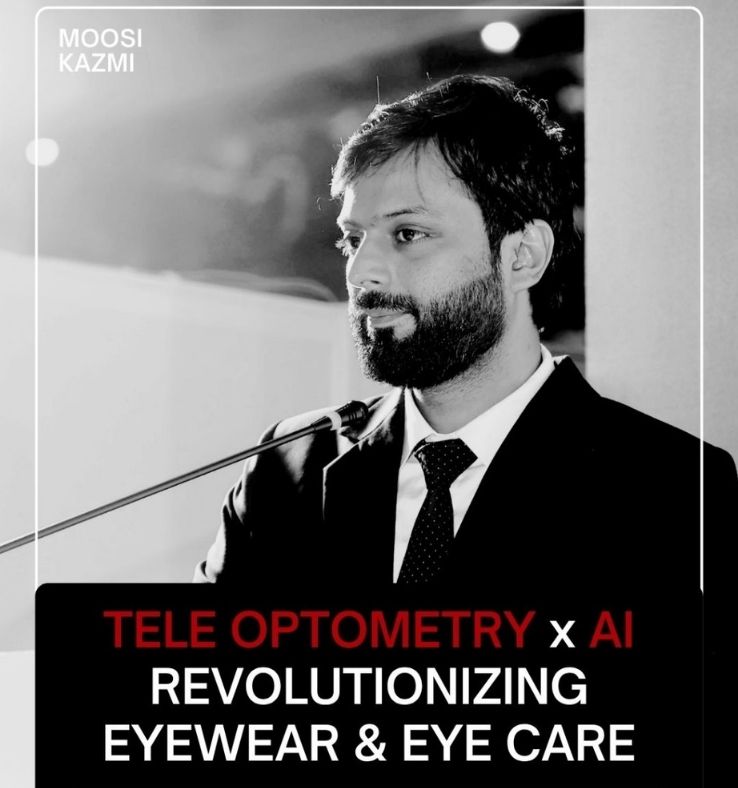
.jpg)
.jpg)
.jpg)
.jpg)
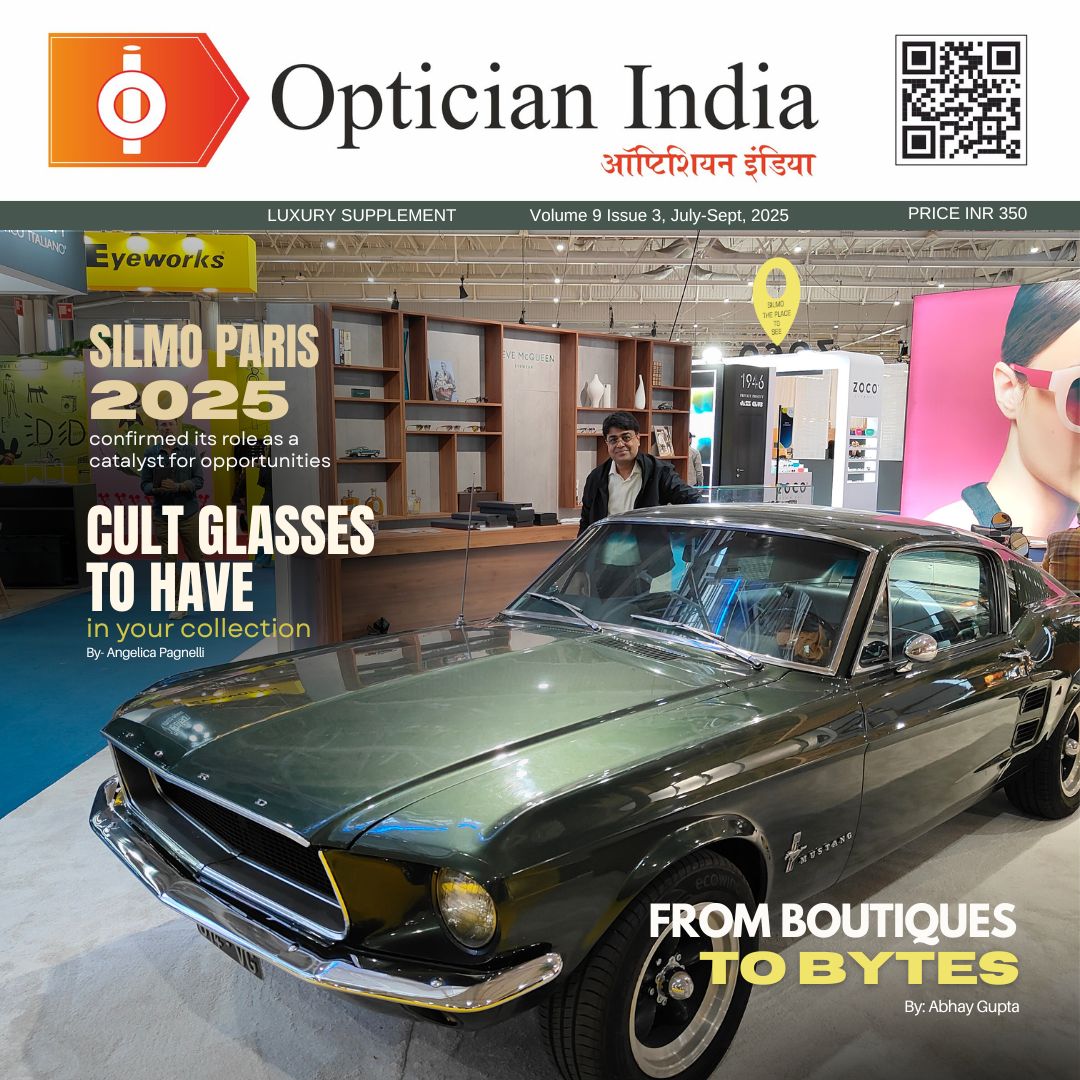
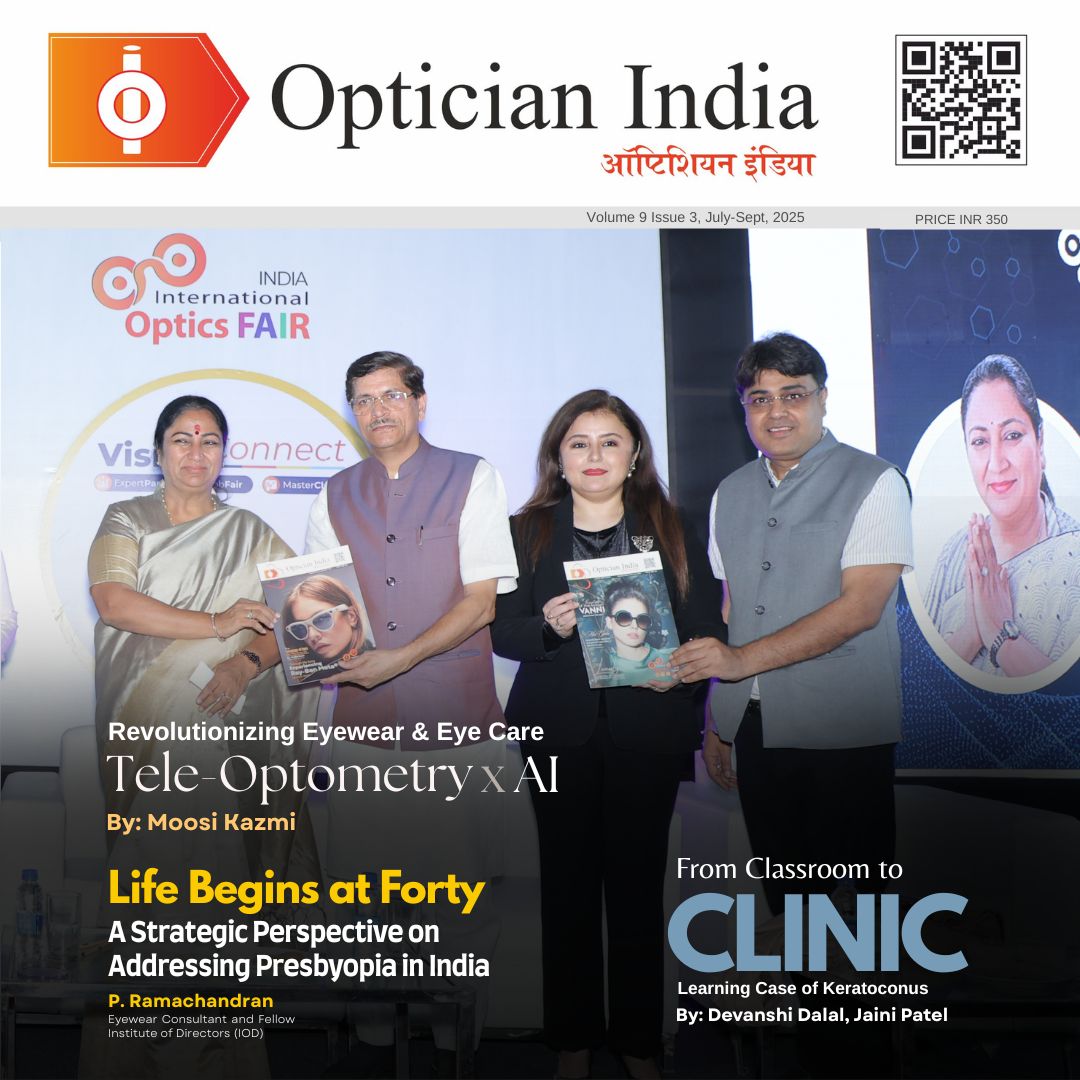
1.jpg)
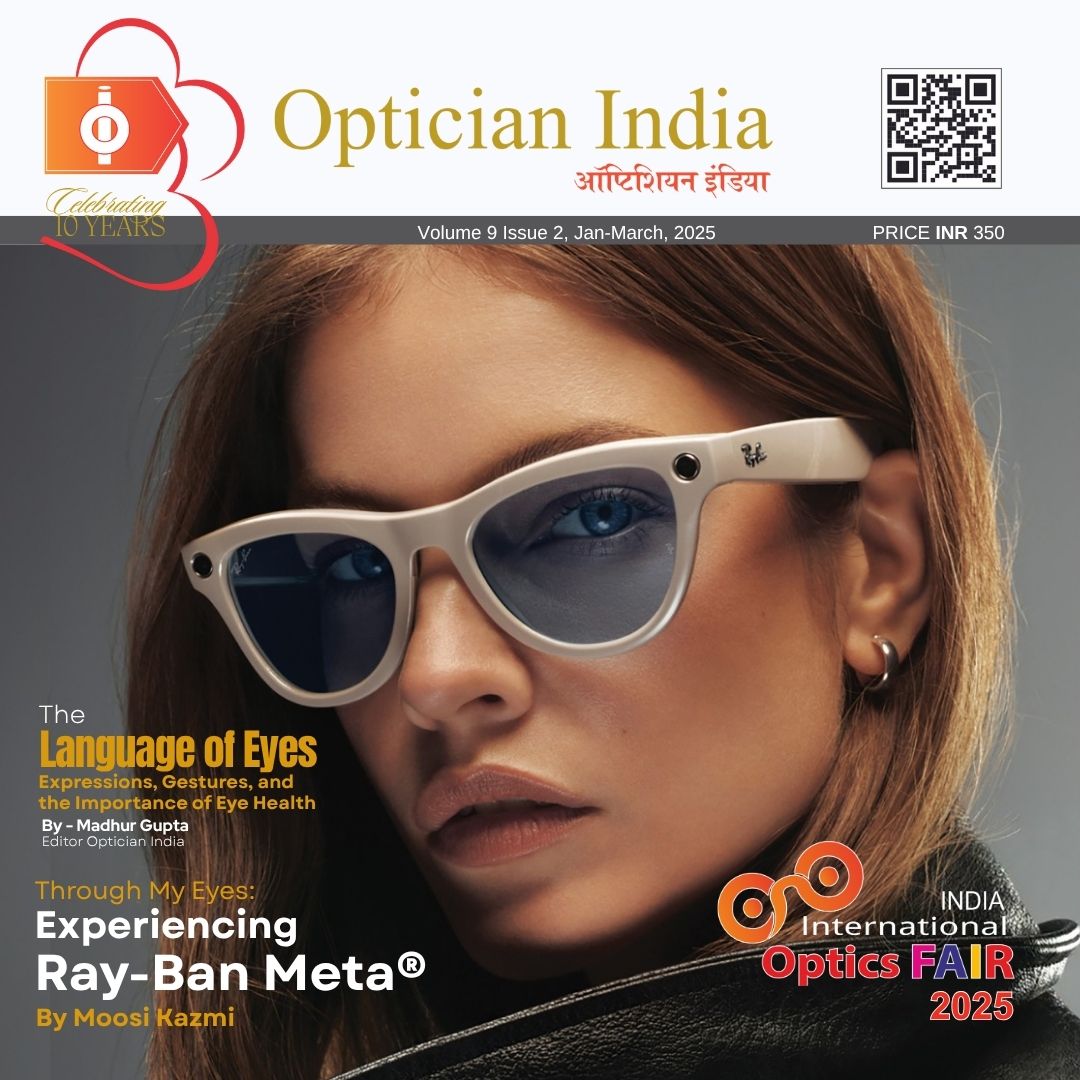


.jpg)
.jpg)

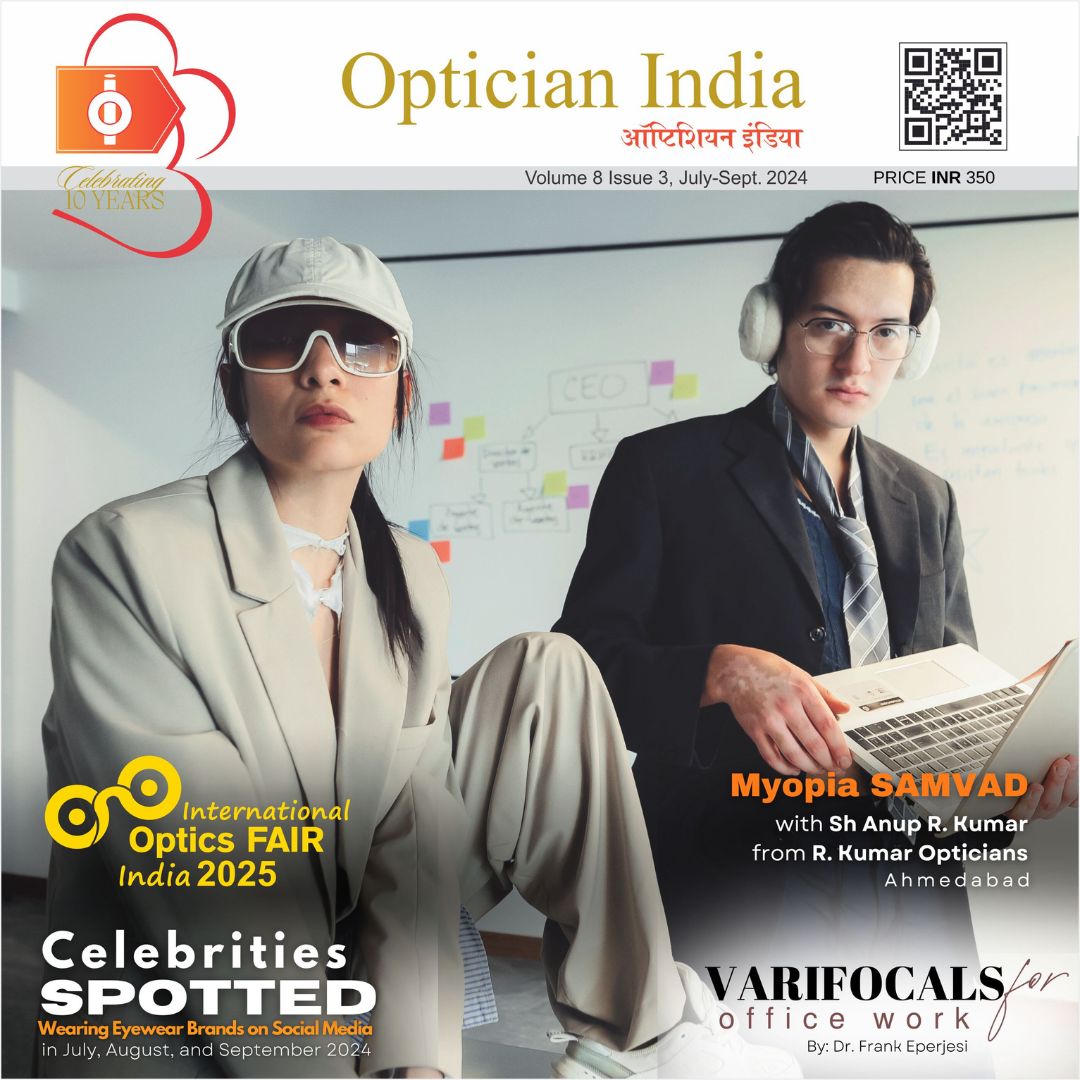

_(Instagram_Post).jpg)
.jpg)
_(1080_x_1080_px).jpg)

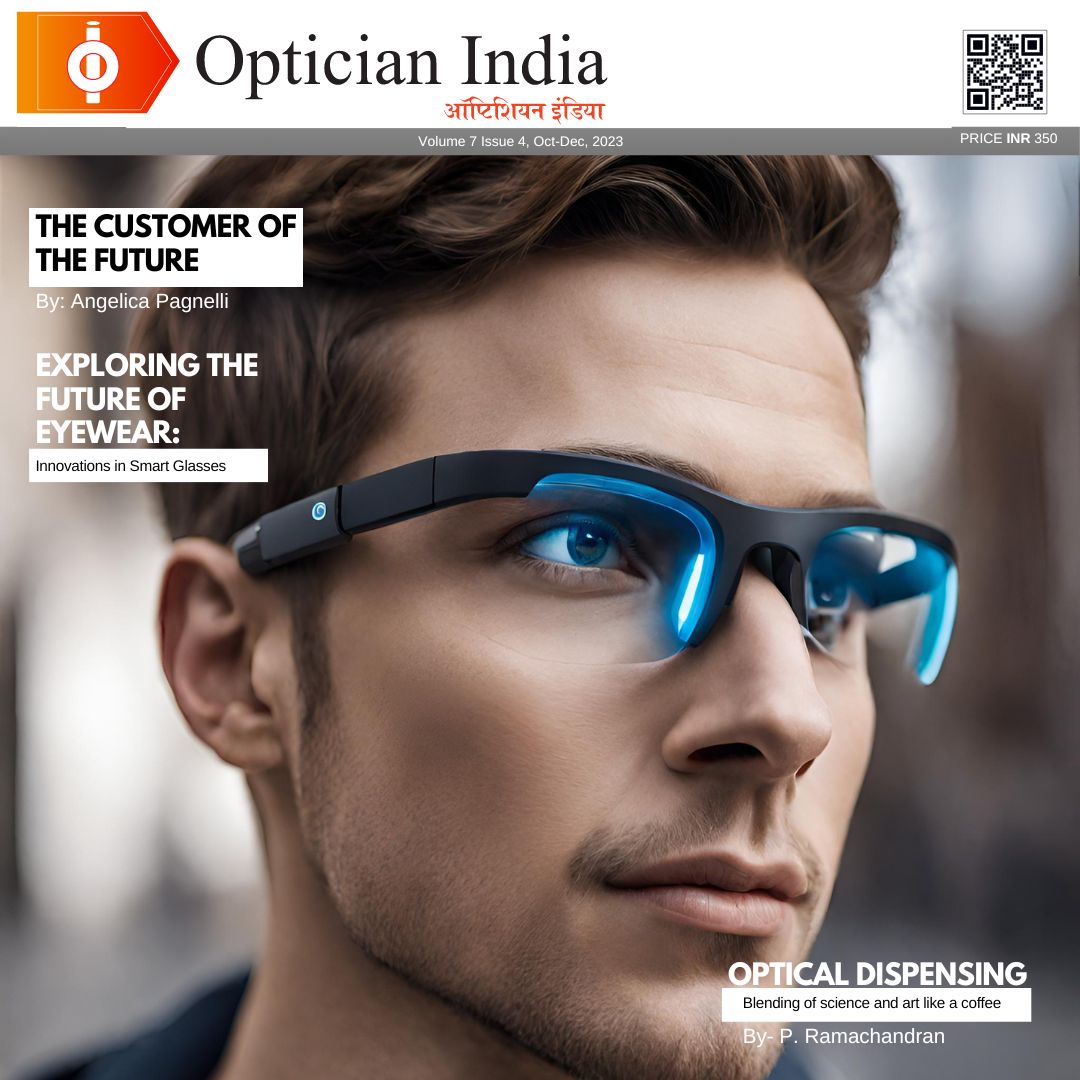
with_UP_Cabinet_Minister_Sh_Nand_Gopal_Gupta_at_OpticsFair_demonstrating_Refraction.jpg)
with_UP_Cabinet_Minister_Sh_Nand_Gopal_Gupta_at_OpticsFair_demonstrating_Refraction_(1).jpg)
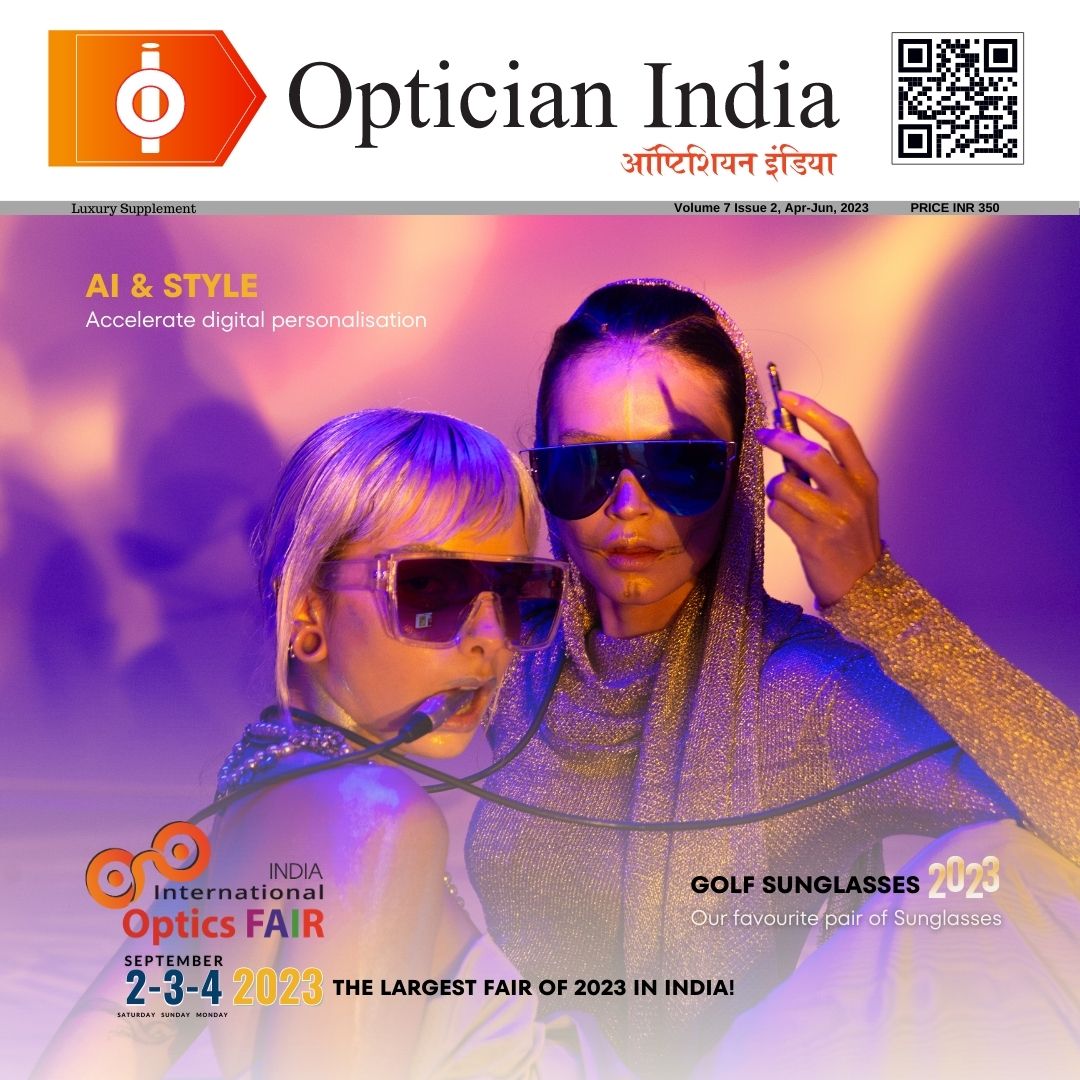
.jpg)
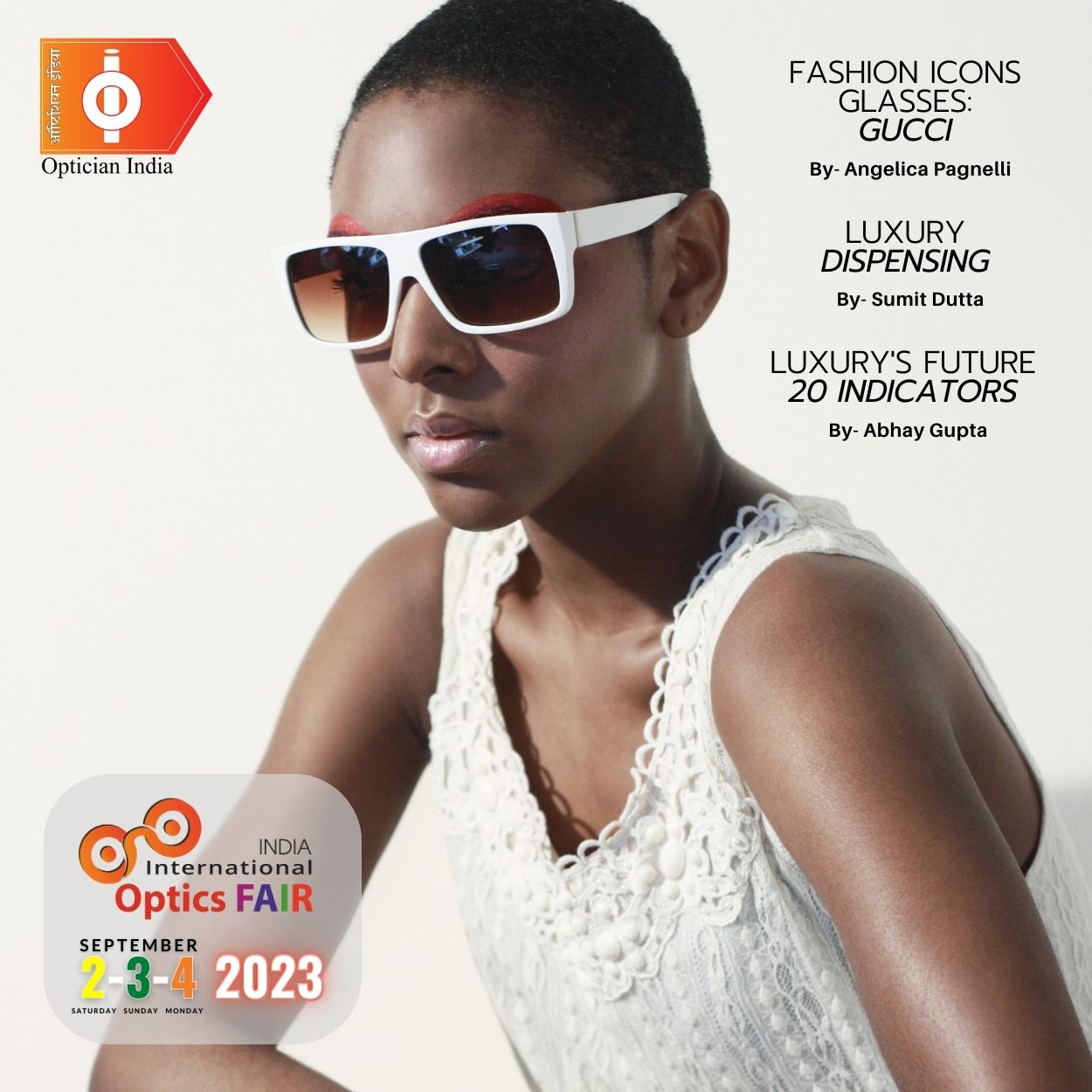
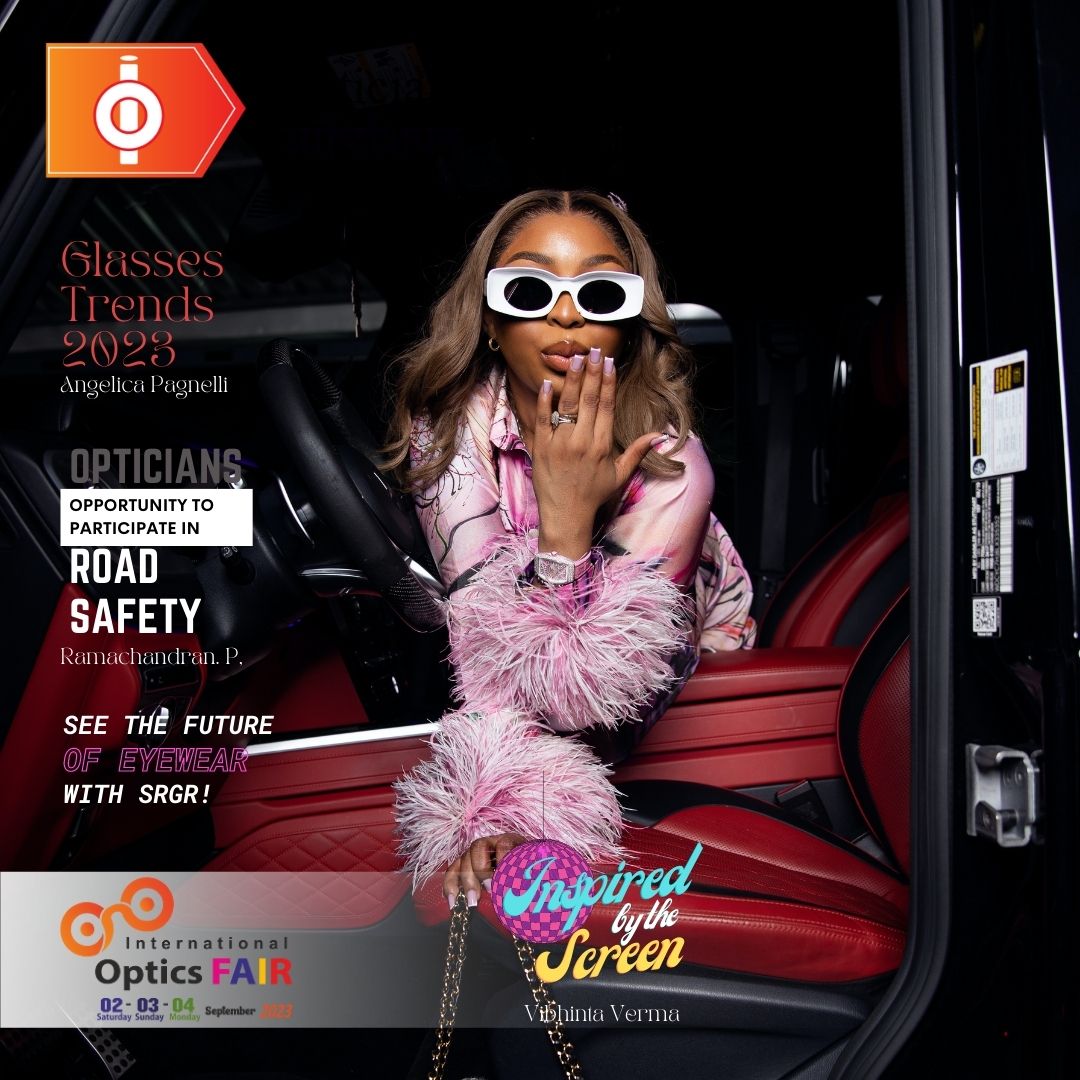

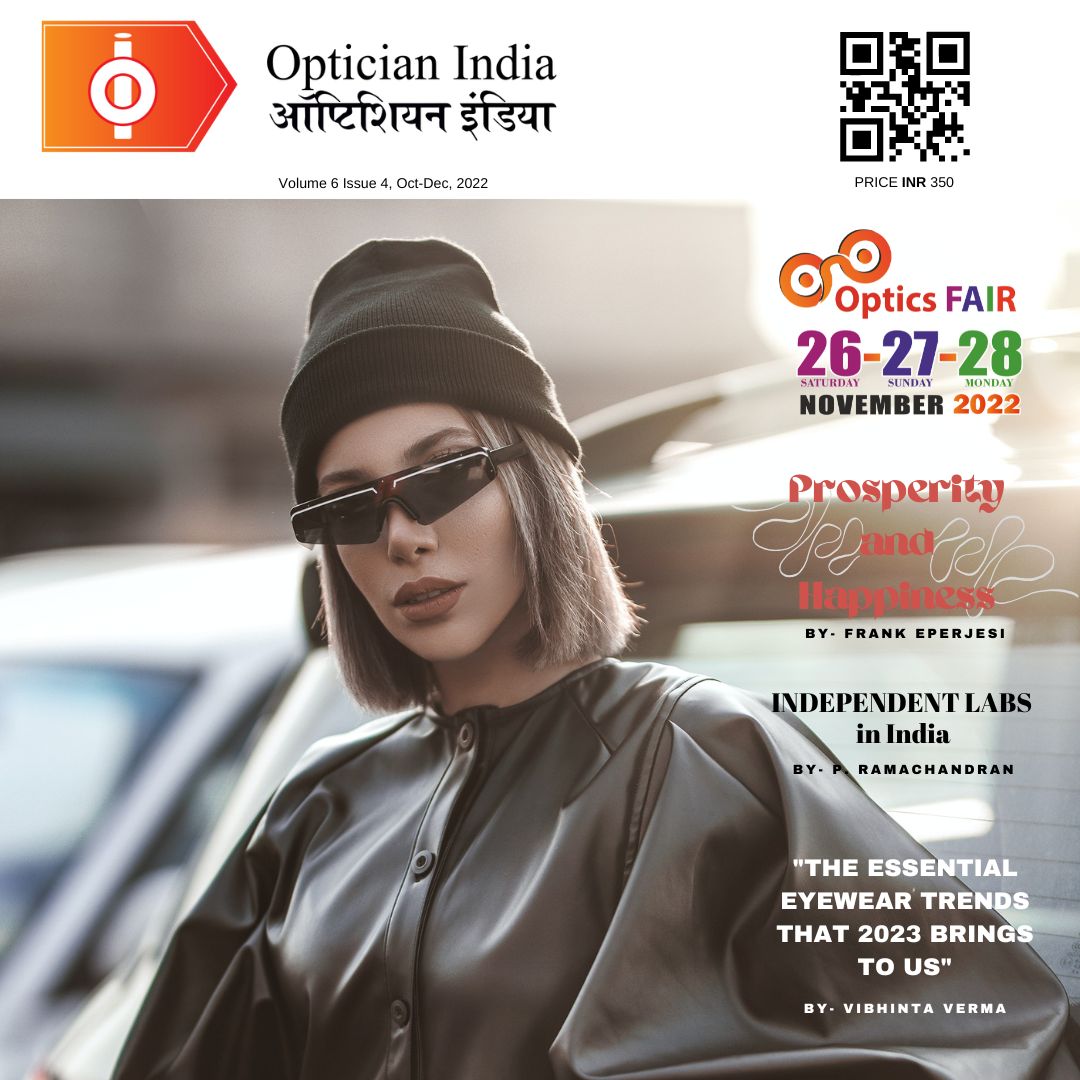
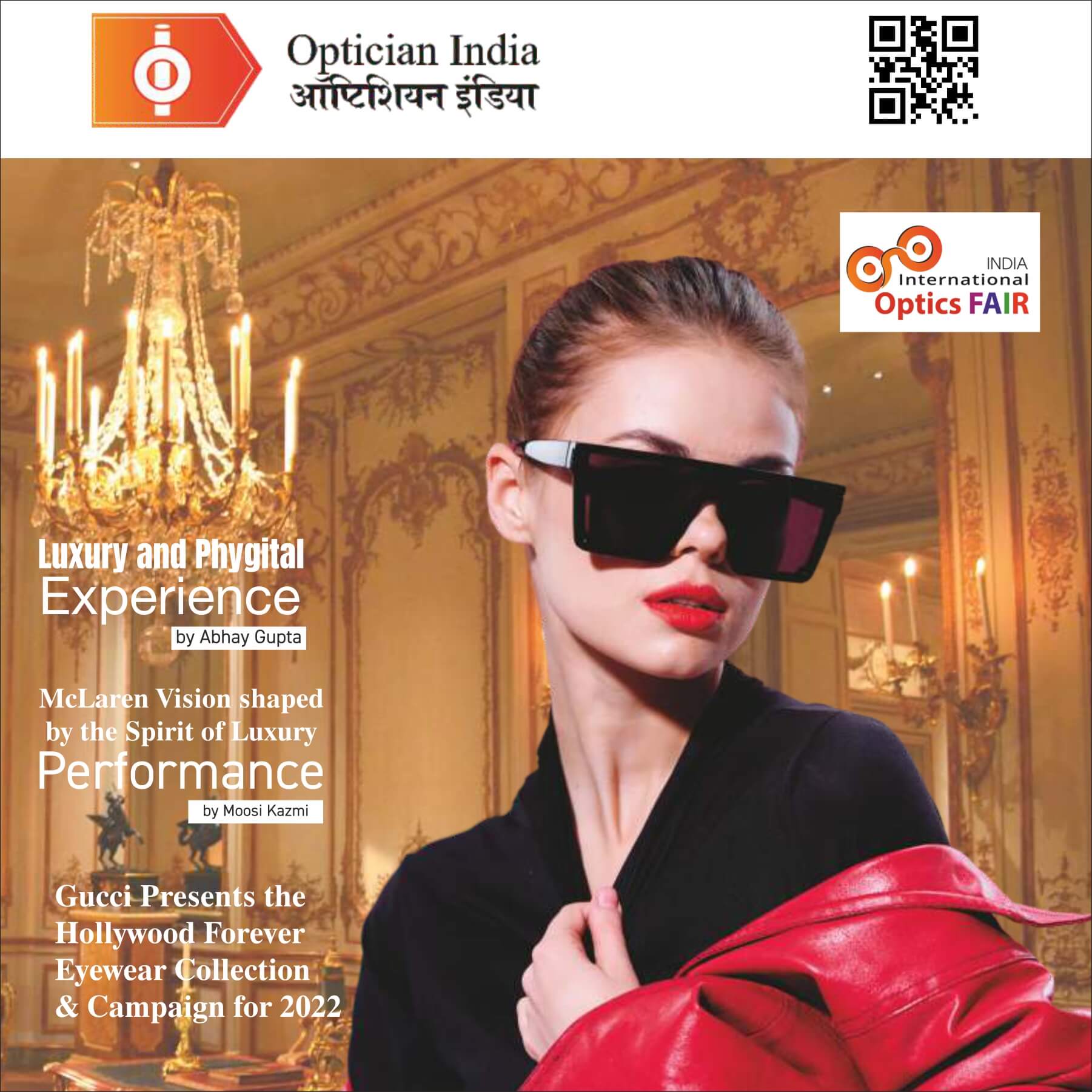
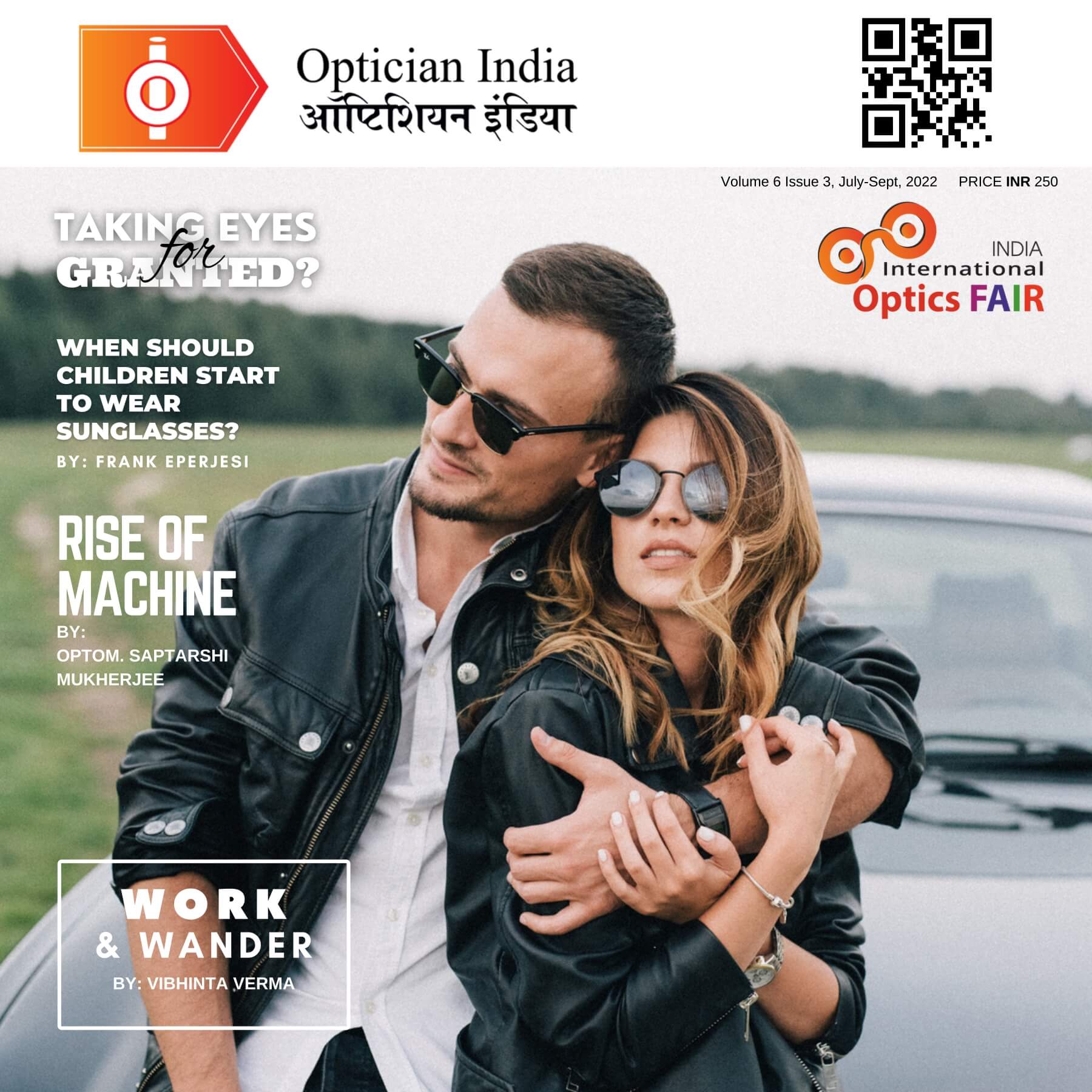
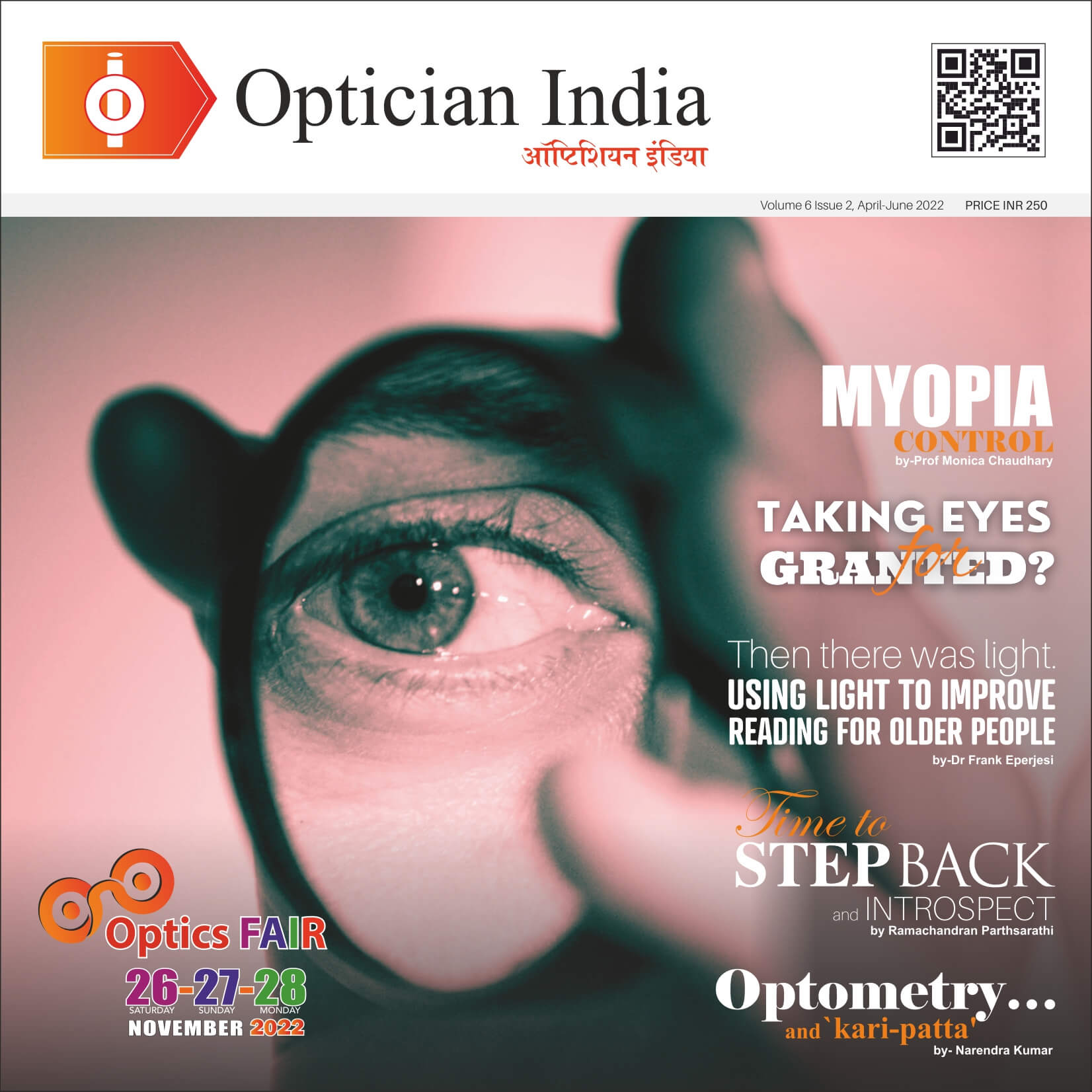
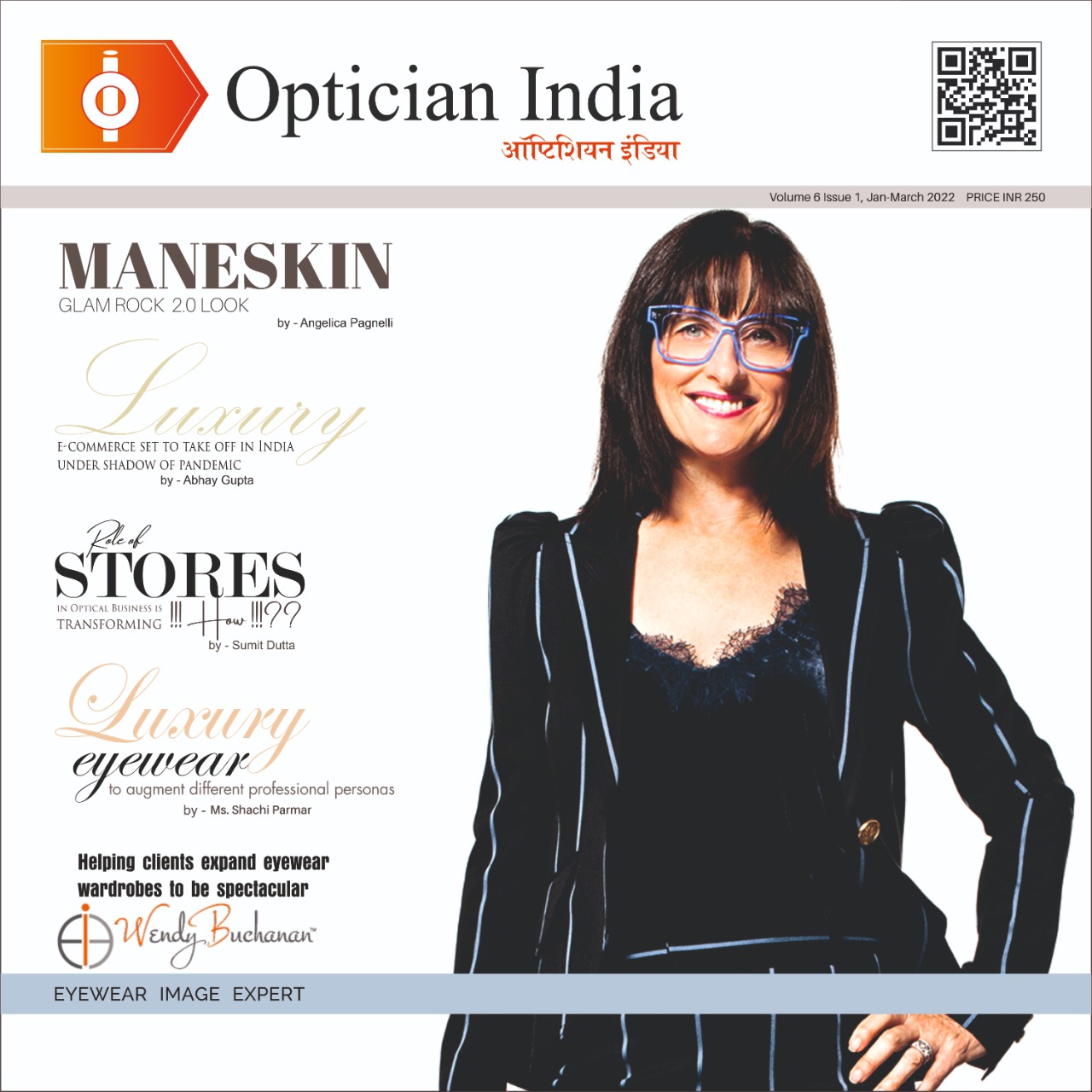
.jpg)
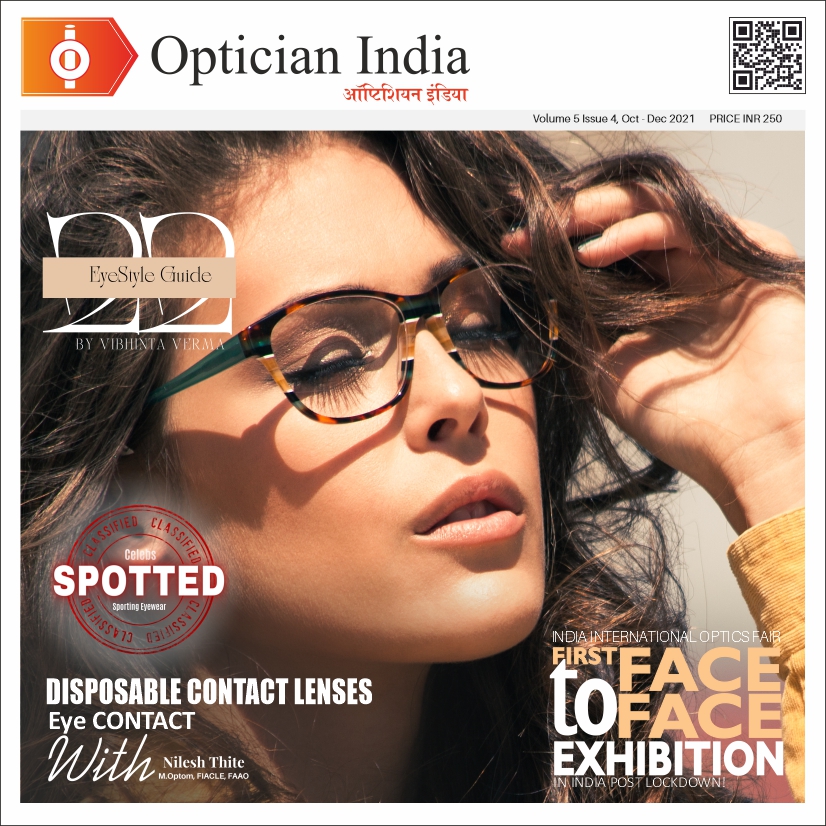
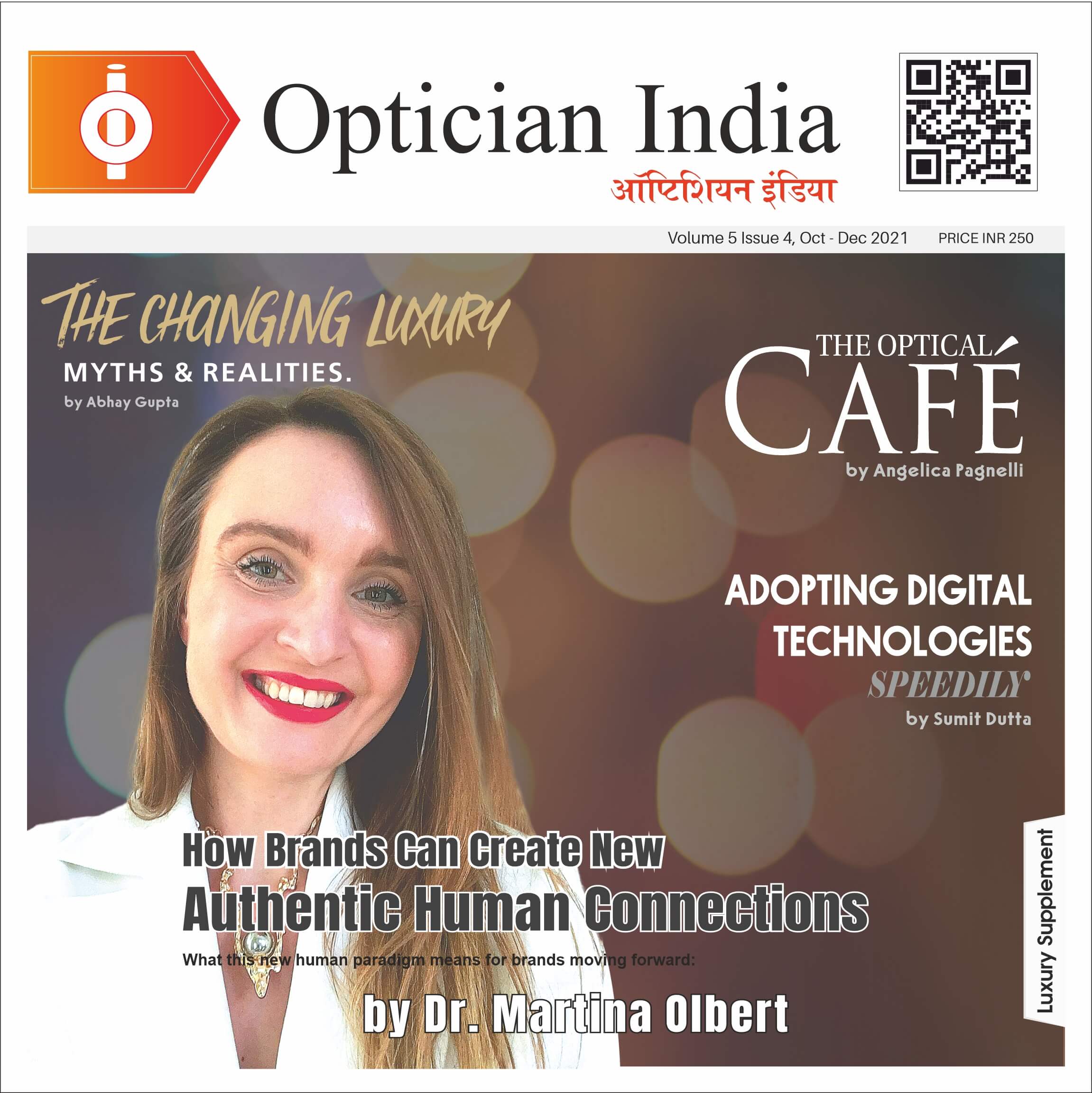
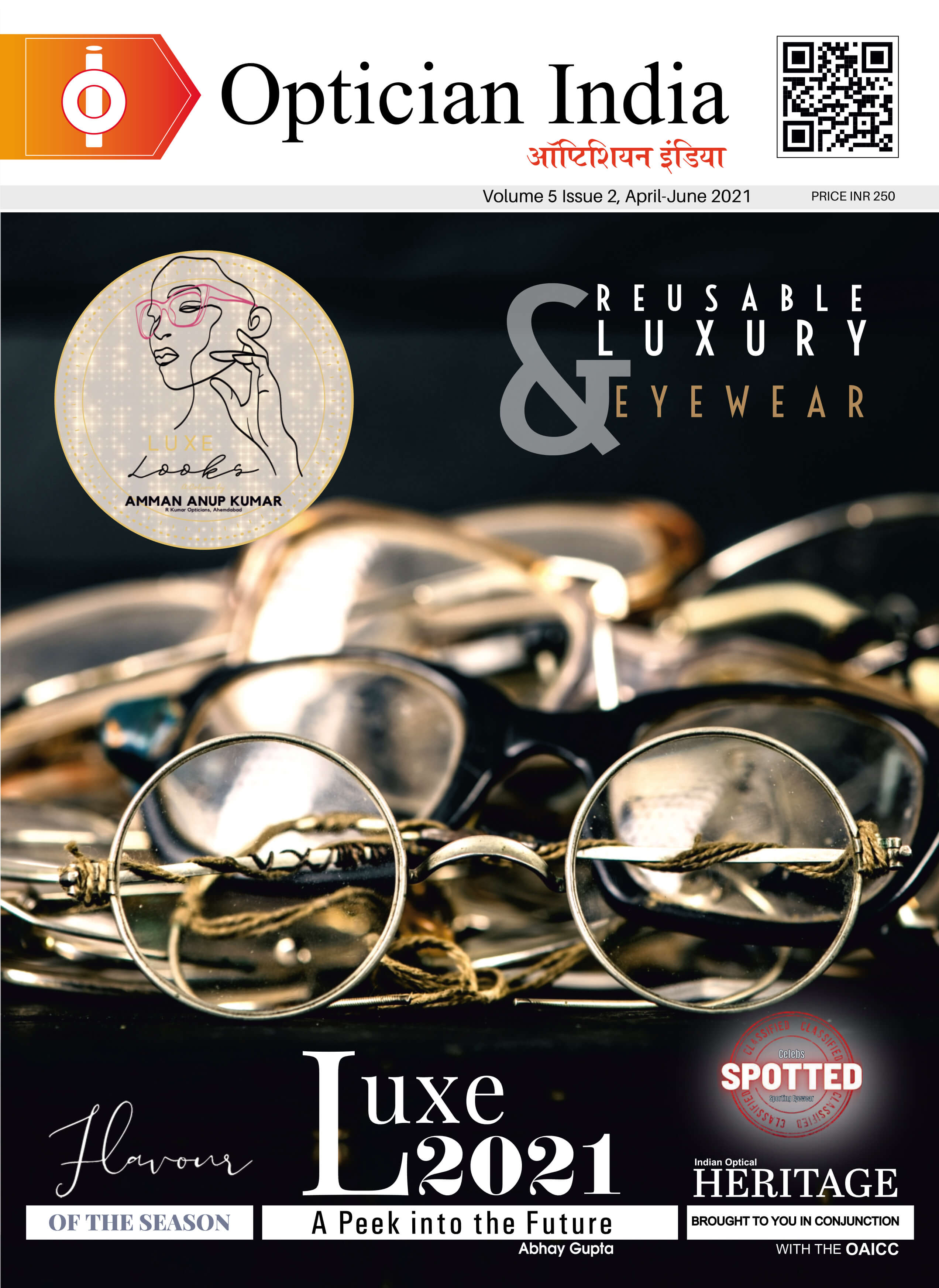
.png)
